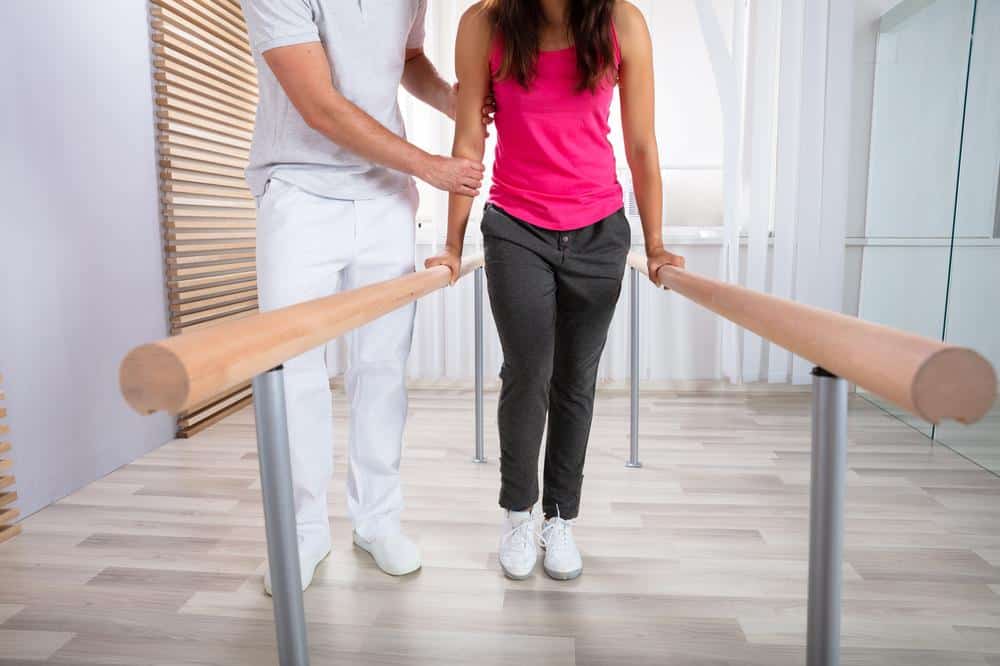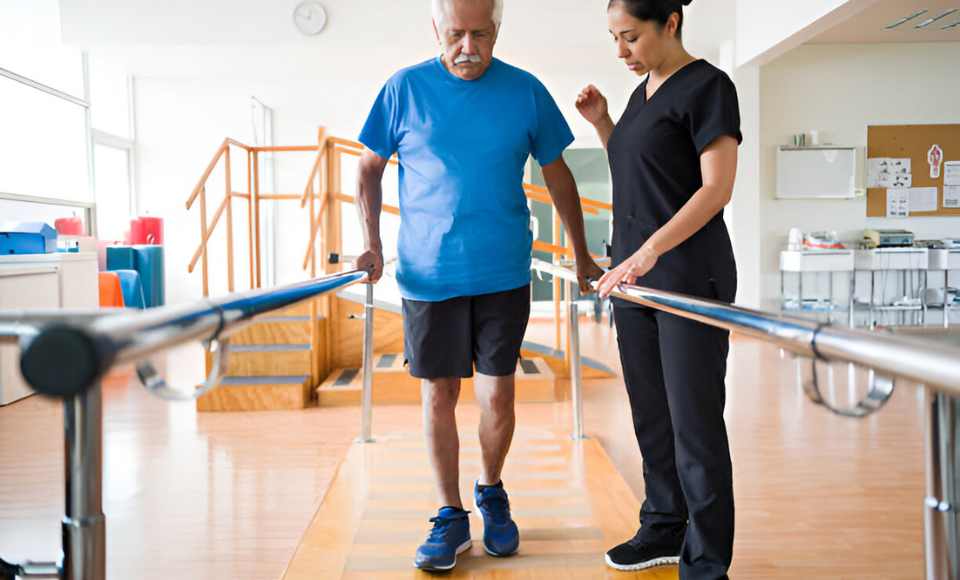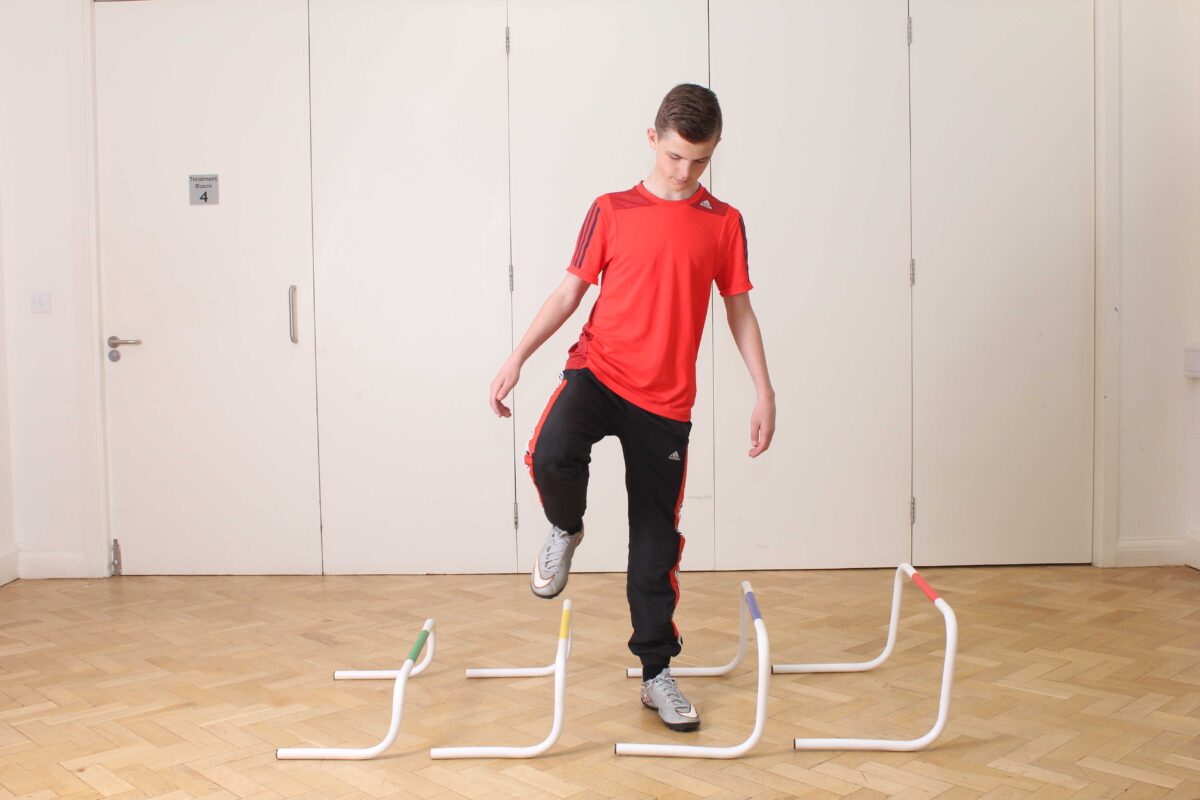Gait Training After Injury or Surgery: A Step-by-Step Guide
Walk Better, Recover Faster
If you’ve undergone surgery or sustained an injury, especially involving your hips, knees, spine, or legs, regaining your ability to walk can feel overwhelming. This is where gait training physiotherapy plays a crucial role in your recovery.
At FitoFine Physiotherapy Clinic, we specialize in helping patients walk again, better, safer, and stronger. Through customized gait rehabilitation programs, we support recovery from fractures, joint replacements, and neurological conditions like stroke.

What Is Gait Training?
Gait training is a focused form of physiotherapy that helps restore normal walking patterns. Whether your walking difficulty stems from injury, surgery, or a neurological issue, gait training helps improve coordination, balance, and muscle function.
Conditions that Benefit from Gait Training:
- Hip or knee replacement
- Stroke or Parkinson’s disease
- ACL or ligament injuries
- Ankle or leg fractures
- Spinal cord injury
- Amputations with prosthetic fitting
- Weakness after prolonged bed rest or ICU stay

Goals of Gait Training Physiotherapy
The primary goals of gait rehabilitation are:
- Restoring natural walking rhythm and posture
- Enhancing coordination and muscle strength
- Reducing the risk of falls and injuries
- Correcting foot placement and stride
- Improving balance and confidence
- Easing joint strain and minimizing pain

Gait Training: Our Step-by-Step Recovery Approach
At FitoFine, every gait training plan is tailored to the patient’s physical condition and recovery pace. Here’s how we typically proceed:
Step 1: Initial Assessment
We begin with a comprehensive evaluation of:
- Muscle strength and joint flexibility
- Balance and coordination
- Range of motion (ROM)
- Weight-bearing capability
- Current use of crutches, walkers, or other aids
Step 2: Weight-Bearing Training
For those recovering from fractures or surgeries:
- Gradual progression from non-weight bearing to full weight-bearing
- Assisted range-of-motion exercises
- Joint mobilization and swelling control
Step 3: Postural and Standing Balance Training
We correct posture and build strength through:
- Standing balance drills
- Pelvic and core stabilization
- Functional posture retraining
Step 4: Parallel Bar Walking
This is a safe environment to begin walking:
- Therapist-assisted walking between bars
- Gait pattern correction: heel strike, mid-stance, toe-off
- Step training and stride adjustment
Step 5: Training With Assistive Devices
Based on your progress, we introduce:
- Walkers, crutches, or quad canes
- Stair and obstacle training
- Weight transfer techniques
Step 6: Advanced Gait Training
To increase endurance and adaptability:
- Treadmill walking with body weight support
- Obstacle navigation
- Speed and directional changes
- Dual-task walking (talking or turning while walking)
Step 7: Functional Mobility Training
We ensure you’re ready for real life:
- Sit-to-stand transitions
- Navigating doors and elevators
- Walking on different terrains
- Returning to work or home routines independently
Tools & Techniques We Use at FitoFine
- Resistance bands and balance boards
- Ankle weights, foot orthoses, and gait belts
- Mirror and visual feedback therapy
- Neuromuscular re-education
- Virtual reality simulations (on request)
Gait Training for Neurological Conditions
Patients recovering from stroke, Parkinson’s, or MS require special attention. Our neuro-rehabilitation focuses on:
- Muscle re-activation
- Spasticity control
- Bilateral coordination
- Proprioceptive and balance training
- Visual-verbal cueing for cadence and step length
Tips for a Successful Gait Recovery
- Be consistent – Recovery is a journey, not a race.
- Follow home exercise plans.
- Use walking aids correctly, and don’t skip training.
- Report pain, it may signal improper movement.
- Focus on breathing and posture, as it enhances efficiency.
FAQs on Gait Training
Q1. How soon can I start gait training after surgery?
Typically, within 48-72 hours post-op, under physiotherapist supervision.
Q2. Is gait training suitable for senior citizens?
Absolutely. Gait training is a vital part of geriatric physiotherapy to reduce fall risks and support independent living.
Q3. How long will it take before I can walk normally again?
Recovery timelines vary. Most patients show significant improvement in 2–3 months; complex cases may need longer.
Q4. Do I need a doctor’s referral?
Not always. At FitoFine, we accept walk-ins and collaborate with your orthopedic or neurological doctor if needed.
Q5. Is gait training painful?
Not typically. Discomfort may occur during the initial stages but is closely monitored and addressed by modifying exercises.
Why Choose FitoFine for Gait Training in Kolkata?
Experienced physiotherapists – Skilled in orthopedic and neurological rehab
Customized rehab plans – Every patient gets a personalized program
Evening appointments – Ideal for working professionals
One-on-one sessions – Friendly, focused attention from start to finish
Convenient location – Easily accessible in Haridevpur, Kolkata
Book Your Gait Training Session Today!
At FitoFine Physiotherapy Clinic, our mission is simple, to help you walk again with confidence, safety, and ease. From surgery to full recovery, we walk with you every step of the way.
Working Hours:
Mon–Sat: 5:00 AM – 10:00 PM
Sunday: Closed
Phone: +91 6295115701
Email: fitofine.in@gmail.com
Website: www.fitofine.com
FitoFine Physiotherapy Clinic : Your first step to a pain-free, confident walk


